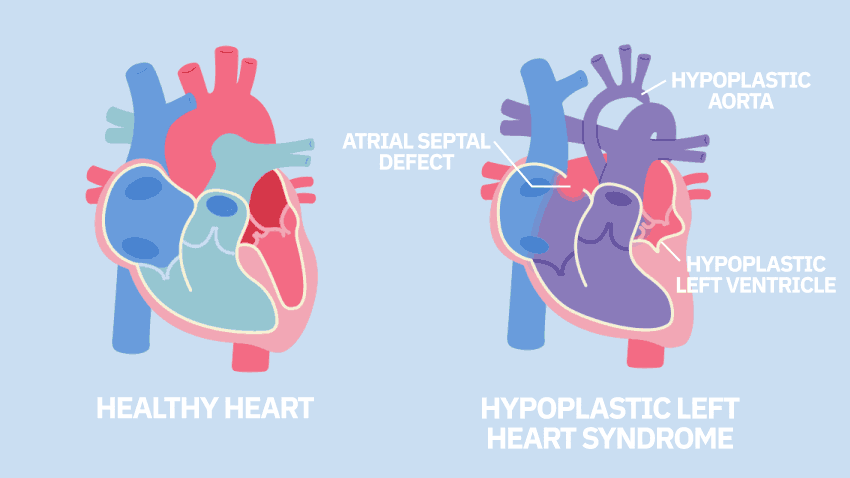Table of Contents
The writers keep in mind obstacles that stay, consisting of raising the engraftment success and cell survival. Since the ISCI and Miller School are leaders in this location, the writers likewise stress the demand to standardize interpretations and results actions in the area. "The Hare Laboratory remains at the forefront of pioneering brand-new treatments in this crucial clinical domain name.
Currently we are exploring exactly how to harness such stem cells to help patients heal their own damaged hearts."The research study is directed by the Cedars-Sinai Heart Institute, with the cooperation of the Johns Hopkins University, where Dr. Marbn worked before signing up with Cedars-Sinai in 2007. The 24 patients taking part in the study have hearts that were harmed and scarred by cardiovascular disease.

It takes around 4 weeks for the cells to multiply to numbers adequate for therapeutic usage, approximately 10 to 25 million. In the 3rd and last action, the now-multiplied stem cells are re-introduced into the individual's coronary arteries throughout a 2nd catheter procedure. All clients in the research had to have experienced cardiac arrest within 4 weeks before registering in the research job.
Later on this summertime, it is anticipated that 12 more clients will undergo treatments to obtain 25 million stem cells, while 6 additional clients will certainly be kept track of as controls. The initial client, Kenneth Milles, a 39-year-old controller for a tiny building company in the San Fernando Valley, experienced a cardiac arrest on May 10 due to a 99 percent blockage in the left anterior descending artery, a significant artery of the heart.
The process to grow the cardiac-derived stem cells included in the study was established by Marbn when he was on the professors of Johns Hopkins College. The university has applied for a patent on that particular intellectual property, and has actually licensed it to a firm in which Dr. Marbn has a financial rate of interest.

All financing was acquired from the National Institutes of Health And Wellness, the Donald W. Reynolds Structure and Cedars-Sinai Medical. Marbn holds The Mark Siegel Family Members Structure Endowed Chair and Supervisor of the Heart Institute.
Overview of using stem cells to support Heart Disease
Heart failure is an acute or chronic problem that affects numerous people worldwide. One of the most commonly approved methods of treatment generally consist of signs and symptom monitoring and medicine taken for life, so the worry brought on by the condition is heavy. Stem cell therapy for cardiac arrest has actually emerged as a brand-new way to deal with and handle the core of the condition.
However, stem cell therapy can help to ease signs and symptoms and boost the heart's pumping capability. This treatment makes use of the capacity of stem cells to self-regenerate and self-heal. Complying with the admission of stem cell shots for heart disease, a number of systems come into play: Stem cells for heart failing advertise the formation of specialized cardiac muscle mass cells and regenerate damaged tissue, improving the heart's pumping capacity.
There are multiple types of stem cell therapy for cardiac arrest that have acquired acceptance complying with a lot of research study. These are kinds of grown-up stem cells that are gotten from bone marrow, fat cells, and skin cells. They have cell regenerative and anti-inflammatory residential properties. These are the most typical and well-researched sorts of stem cells.
These are gotten from embryos and have the pluripotent possibility to change right into any kind of type of cells, including cardiac ones. The primary issue with these cells is that, as they are drawn from embryos, they have lots of ethical and legal limitations and are only utilized in specific circumstances. for the reasons pointed out over.
Breakthroughs in stem cell therapy for Arrhythmias and what patients are saying
These cells originate in the heart and are well-suited to heart fixing. Clinical Expert, Swiss Medica doctor The application and treatment of stem cell therapy consists of five steps: People begin with an online assessment with our medical consultant and are then assessed by a cardiologist, that will get the required clinical history, execute blood examinations, and request imaging researches to figure out whether stem cell treatment for heart failing is a viable alternative.
We administer stem cells via pain-free stem cell injections for heart disease. A highly educated medical professional will inject refined stem cells into the blood stream; the entire procedure takes less than an hour. After ending up the heart disease stem cell treatment procedures, our patients will certainly be kept an eye on for any type of complications and outcomes.
Navigation
Latest Posts
New hope for Peripheral Artery Disease via regenerative medicine
Next-gen support for Peripheral Artery Disease with promising results
Where to get stem cell therapy focused on Heart Failure